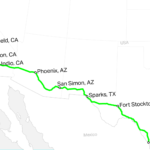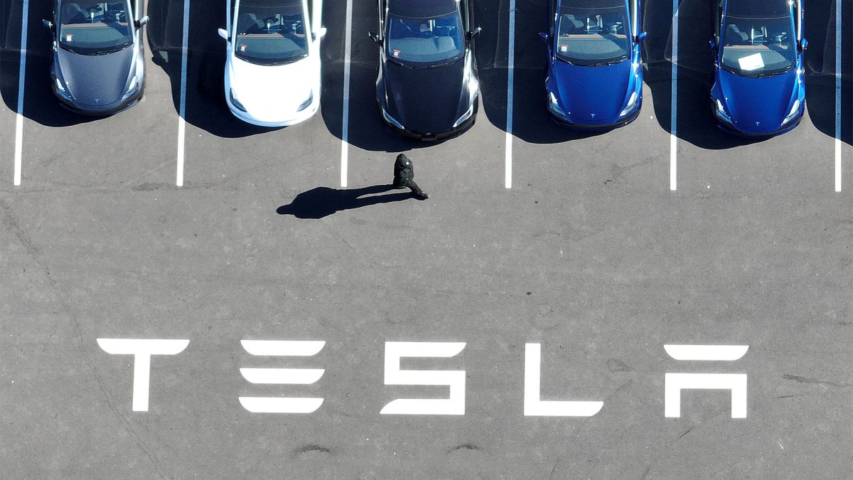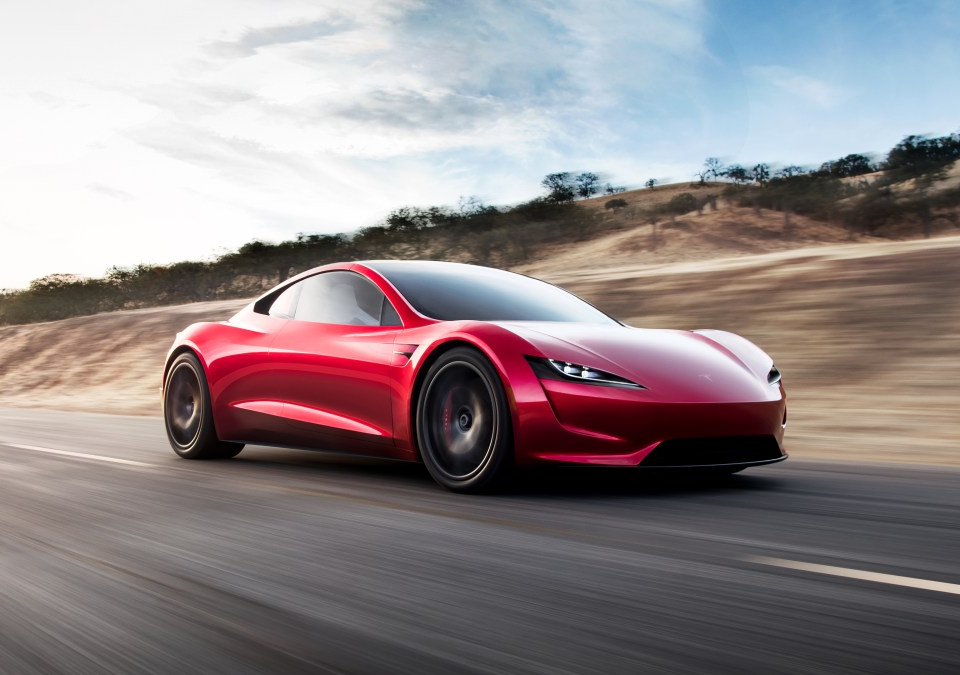
Tesla still plans to build 1,800-mile charging corridor for semi trucks despite Biden funding snub
April 22, 2024
Tesla earnings week spotlights EV price cuts, ‘balls to the wall’ autonomy push
April 25, 2024
Tesla profits fell 55% to $1.13 billion in the first quarter from the same year-ago period as a protracted EV price-cutting strategy and “several unforeseen challenges” cut into the automaker’s bottom line.
Tesla reported revenue of $21.3 billion in the first quarter, a 9% drop from the first quarter of 2023. Analysts polled by Yahoo Finance expected earnings of $0.51 per share on $22.15 billion in revenue. Tesla reported operating income of $1.2 billion in the first quarter, a 54% decrease from the same year-ago period.
The company said in its Q1 earnings report that it experienced “numerous challenges” in the first quarter, including the Red Sea conflict and the arson attack at Gigafactory Berlin and the gradual ramp of the updated Model 3 at its factory in Fremont, California. Tesla also noted that global EV sales continue to be under pressure as many carmakers prioritize hybrids over EVs. On the upside, that hybrid approach has meant automakers continue to buy regulatory credits; Tesla earned $442 million in zero emissions tax credits in the first quarter.
“The EV adoption rate globally is under pressure and a lot of other auto manufacturers are pulling back on EVs and pursuing plug in hybrids instead,” Tesla CEO Elon Musk said in opening remarks on the earnings call. “We believe this is not the right strategy, and electric vehicles will ultimately dominate the market.”
Shares pop on future promises
The results, posted after markets closed Tuesday, sent shares up as much as 12% following the release as investors appeared to be more focused on Tesla’s forward-looking remarks about future products, including an upended product roadmap to bring multiple cheaper vehicles to market by 2025.
Despite the downward trend in profits, Tesla used the first-quarter report to focus on the future, namely about using AI to make advances in autonomy and the introduction of new products, including those built on a next-generation vehicle platform. The company spent $1.1 billion on research and development in the first quarter, a 49% increase from the same quarter in 2023.
Musk emphasized that despite the downward pressure, the company was focused on — and investing in — the future. Specifically, the company is accelerating work on a new vehicle lineup with production expected in early 2025, if not late this year, Musk said.
“These new vehicles, including more affordable models, will use aspects of the next-generation platform as well as aspects of our current platforms,” he said. “And we’ll be able to produce on the same manufacturing lines as our current vehicle lineup.”
The cost of price cuts
Tesla has seen EV sales grow over the past several years, topping out to a new record of 1.8 million vehicles in 2023. But the company’s profits have suffered thanks to repeated price cuts that started in late 2022.
While those price cuts did provide a temporary bump in sales, it hasn’t had a lasting effect. Tesla delivered 386,810 vehicles in the first quarter of 2024, down 20% from the 484,507 it delivered in the final quarter of 2023. This wasn’t just a quarter-over-quarter blip either; Tesla delivered 8.5% fewer cars than the first quarter of 2023. Automotive gross margins, excluding regulatory credits, shrank to 16.35% in the first quarter compared to 18.96% in the same year-ago period.
Tesla warned in January that growth of its vehicle sales “may be notably lower” in 2024, noting at that time it was between “two major growth waves” and prepping for the launch of a new vehicle platform to build a smaller EV that costs around $25,000. The company has also been prepping a “robotaxi” built on the same platform. In the meantime, Tesla’s only new model is the expensive (and fussy) Cybertruck; the company has launched new variants on existing models, including the Tesla Model 3 Performance.
Musk said during the company’s earnings call in January the smaller and cheaper EV would go into production in late 2025 at the company’s factory in Texas and eventually expand to a yet-to-be-built factory in Mexico.
Three months later, Musk appears to have changed the company’s low-cost EV playbook. Musk reportedly replaced the plan for a low-cost EV purpose-built on the new platform. Instead, he now wants to plow headlong into the robotaxi, which will be revealed in some capacity in August, while also launching “new models” that somehow use what’s being developed for that new platform.
Less than two weeks after announcing the robotaxi launch date, Musk oversaw a 10% reduction in headcount and a restructuring that puts autonomy in sharp focus. Two high-profile executives — Drew Baglino, Tesla’s SVP of Powertrain and Energy, and Rohan Patel, VP of Public Policy and Business Development — also left the company. Tesla CFO Vaibhav Taneja said Tuesday during the earnings call that the savings generated from the workforce reduction is expected to be well in excess of $1 billion on an annual basis.
Other revenue sources
While automotive revenues fell, there were gains in other parts of the business, notably energy storage.
The company reported that energy storage deployments increased to a record 4.1 GWh. That pushed revenue for energy generation (meaning solar) and storage to 1.6 billion in the first quarter, a 7% increase from the same quarter last year. Tesla noted that most of that growth came from increased Megapack deployments, which was partially offset by a decrease in solar installs.
The company also reported $2.28 billion in revenue from services, including capital generated from its Supercharger network. That revenue source should increase as more automakers, including Ford, GM, Rivian and VW adopt Tesla’s technology known as North American Charging Standard.
Tesla Semi delayed
While Tesla pushes forward on autonomy and a new product roadmap, other projects continue to be delayed. Mass production of the Tesla Semi, which was first revealed in November 2017, is now being pushed out another year.
The Tesla Semi, which was originally planned to go into production in 2019, has been repeatedly delayed. The company did reveal a production-ready Semi in December 2022 and delivered a handful to Pepsi, its first customer, for a pilot. But it has yet to scale up volume production.
Last June, Musk said the company wouldn’t begin producing the Class 8 big rig until the end of 2024. The first production Semi vehicles are now planned for late 2025 with external customers starting in 2026, according to Tesla.
Tesla is finalizing the engineering for the Semi to allow for “super cost effective high production,” according to information shared on the call. The company shared in its first-quarter earnings report that it has started construction of a Tesla Semi factory near its so-called Gigafactory in Sparks, Nevada.



